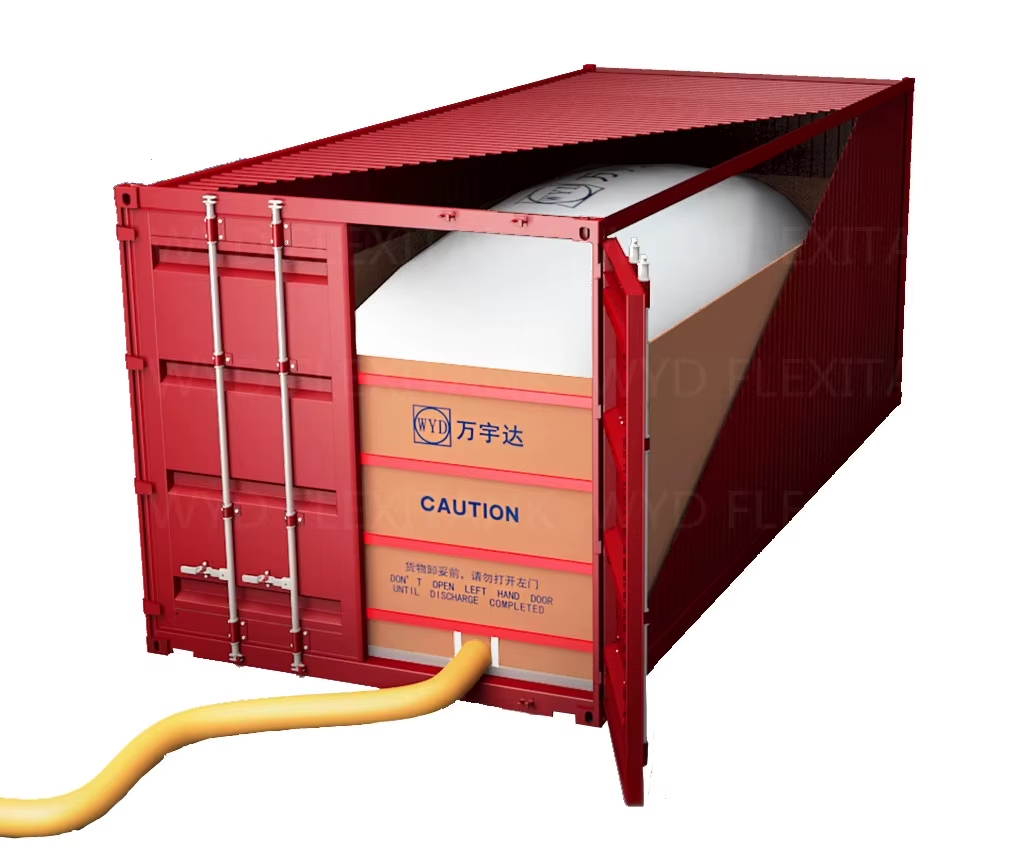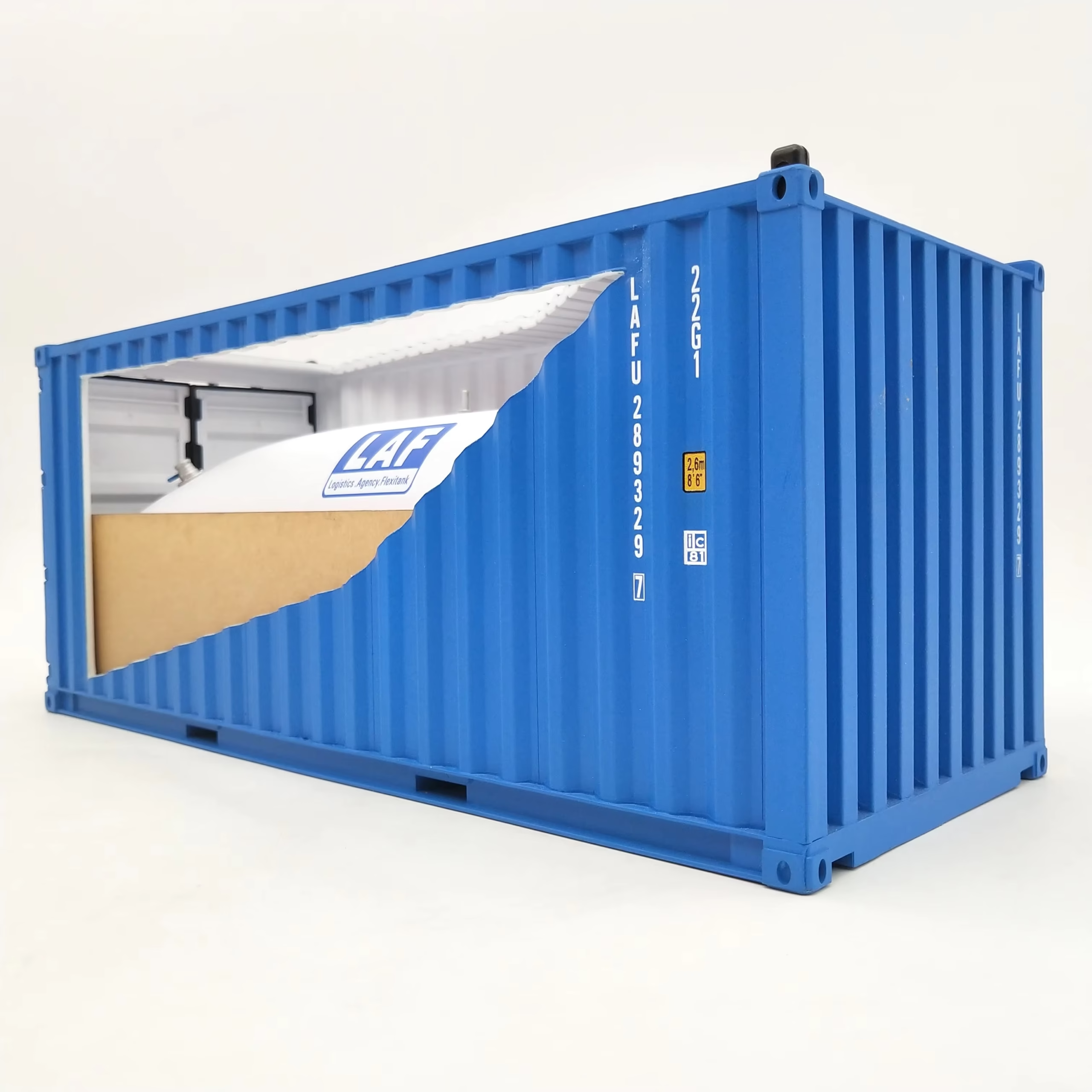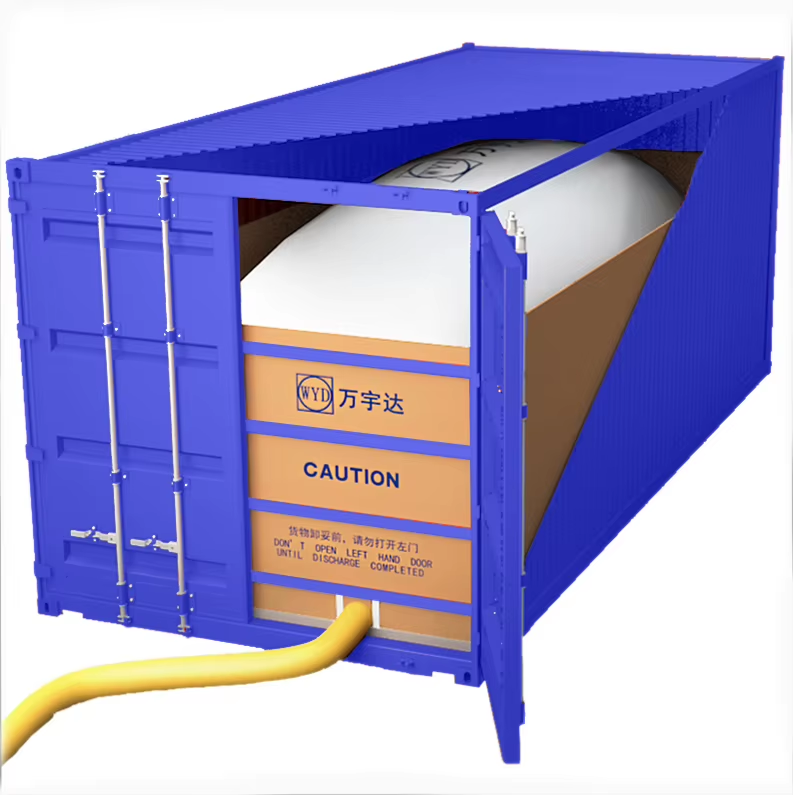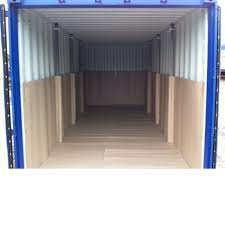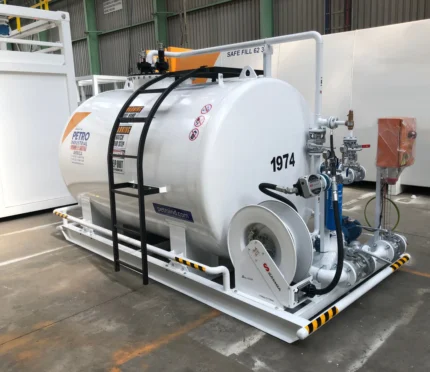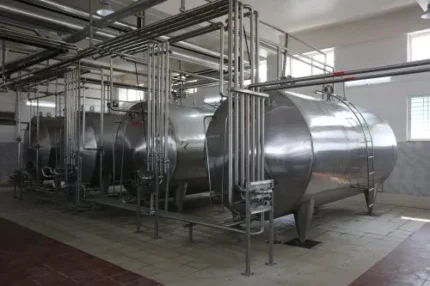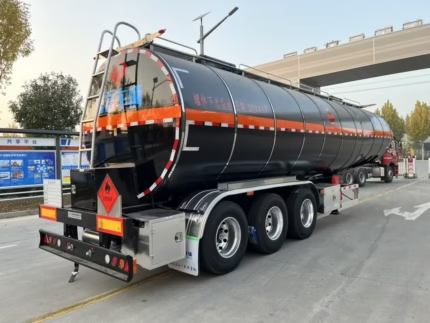Description
Flexitanks: Maximizing Liquid Bulk Transport with Sizes Ranging from 16,000L to 24,000L
In the world of liquid bulk transport, efficiency and cost-effectiveness are paramount. Flexitanks, large collapsible bags designed to fit inside standard shipping containers, have emerged as a game-changing solution for transporting non-hazardous liquids. Offering a practical and economical alternative to traditional methods like drums, IBCs, or ISO tanks, flexitanks are particularly advantageous for businesses needing to move large volumes. And when it comes to volume, the 16,000L to 24,000L range provides an ideal balance between capacity and logistical manageability.
What are Flexitanks?
Before diving into the specific benefits of this size range, let’s quickly define what flexitanks are. Essentially, they are single-use or multi-use bladders constructed from multiple layers of polyethylene and woven polypropylene. These durable containers are designed to be loaded into a standard 20-foot dry container, transforming it into a bulk liquid carrier. After unloading, the flexitank can be easily disposed of or returned for reuse, depending on the chosen model.
The Sweet Spot: 16,000L to 24,000L Flexitanks
Flexitanks within the 16,000L to 24,000L capacity range offer a compelling combination of benefits, making them a popular choice for various industries. Here’s why:
- Optimized Container Utilization: These sizes are perfectly tailored to maximize the payload capacity of a standard 20-foot container, ensuring efficient use of space and minimizing per-liter transport costs. Filling a container close to its weight limit allows businesses to move more product with each shipment.
- Versatility for Various Liquids: This capacity range is suitable for a wide array of non-hazardous liquids, including:
- Food and Beverage: Wine, juice concentrates, edible oils, syrups, and other food-grade liquids.
- Industrial Products: Lubricants, base oils, detergents, and various chemicals.
- Agricultural Products: Fertilizers, liquid latex, and other agricultural liquids.
- Reduced Handling and Labor Costs: Compared to dealing with numerous smaller containers like drums or IBCs, flexitanks significantly reduce handling and labor costs. A single flexitank replaces the need to fill, load, and unload multiple smaller containers, streamlining the process and saving time.
- Minimized Risk of Contamination: Being single-use (in many cases), flexitanks eliminate the risk of cross-contamination associated with reusable containers. This is particularly crucial for food and beverage applications, where maintaining product purity is paramount.
- Improved Sustainability: While single-use flexitanks are generally disposed of after use, their efficient volume utilization can lower the overall carbon footprint compared to shipping smaller containers. Furthermore, reusable flexitanks offer a more sustainable alternative, reducing waste and promoting circular economy principles.
- Cost-Effective Solution: Compared to ISO tanks, flexitanks often present a more affordable alternative. They eliminate the need for cleaning, repositioning, and demurrage charges, leading to significant cost savings.
Choosing the Right Flexitank:
When selecting a flexitank within the 16,000L to 24,000L range, several factors should be considered:
- Liquid Compatibility: Ensure the flexitank material is compatible with the specific liquid being transported to prevent degradation or contamination.
- Valve Type and Placement: Choose a valve type and placement that is suitable for the loading and unloading procedures at both ends of the journey.
- Supplier Reputation and Certifications: Select a reputable supplier with certifications that demonstrate adherence to quality and safety standards.
- Single-Use vs. Reusable: Weigh the pros and cons of single-use versus reusable flexitanks based on cost, sustainability goals, and the specific application.
Conclusion:
Flexitanks offering a capacity of 16,000L to 24,000L provide a practical and cost-effective solution for transporting a wide range of non-hazardous liquids. Their optimized volume utilization, reduced handling costs, and minimized risk of contamination make them a valuable asset for businesses seeking to streamline their bulk liquid transportation operations. By carefully considering the factors outlined above, businesses can choose the right flexitank to maximize efficiency and minimize costs, ultimately contributing to a more sustainable and profitable supply chain.

